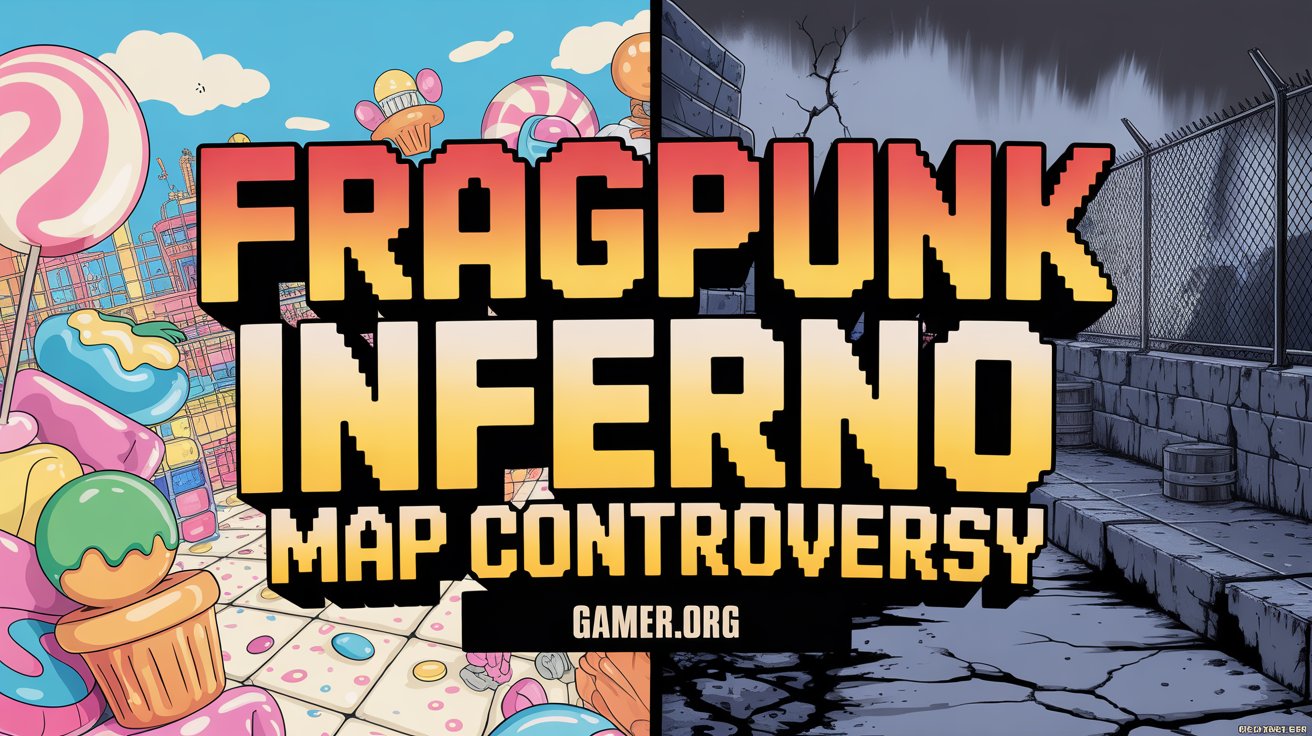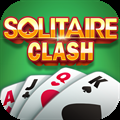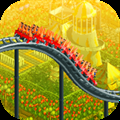FragPunk Faces Backlash Over Counter-Strike Inferno Clone

FragPunk has landed in controversy after its Toyland map was revealed to be an almost identical copy of Counter-Strike’s Inferno layout. The discovery has led to debates over copyright, fair use, and Valve’s possible response.
FragPunk’s Toyland Map and Inferno Similarities
FragPunk, a 5v5 hero shooter by NetEase, released its Season 2 Chapter 2 update on August 20th featuring the Toyland map. What players quickly noticed, however, was alarming — Toyland mirrors Counter-Strike’s Inferno almost perfectly.
From spawn points to bomb sites, mid, apartments, and even ledge positions, the layout matches Inferno down to the smallest box placements.
The similarities weren’t limited to structure; every callout location familiar to CS players exists in Toyland, including Banana, Pit, Graveyard, Boiler, and Coffins. The map’s visual theme is different, but the competitive flow and design appear directly replicated.
Community Reaction to FragPunk Inferno Map
The revelation gained traction after Gabe Follower, a well-known CS content creator, publicly called out NetEase and questioned Valve’s stance on the issue. While some fans saw it as a tribute to Counter-Strike’s iconic map, most criticized FragPunk for blatant copying.The debate intensified as players compared the Toyland map with Inferno side-by-side, confirming identical geometry and pathways. FragPunk’s dwindling player base of roughly 3,000 daily users further fueled speculation that this was a publicity move to reignite interest in the game.
Can FPS Map Layouts Be Copyrighted?
The controversy raises a larger legal question: can game map layouts be copyrighted? While Valve owns the Inferno assets, the layout itself falls into a gray area. FPS maps commonly share structural elements like three-lane designs, multiple bomb sites, and choke points, making legal claims harder to enforce. However, Toyland’s near one-to-one replication could push Valve toward taking action, especially since this involves a competing published title rather than community-created content. The situation draws parallels to other ongoing lawsuits, including Nintendo’s aggressive enforcement strategies around Pokémon mechanics and designs, as well as debates over games like Palworld.
Valve’s Response and FragPunk’s Future
As backlash mounted, FragPunk’s developers temporarily removed the Toyland map, citing “technical issues” without directly addressing the accusations. Whether this was due to Valve’s involvement or community pressure remains unclear. Given FragPunk’s low player numbers and NetEase’s ownership, Valve may choose to monitor the situation rather than act immediately. Still, if legal precedent emerges, it could impact how FPS developers approach map design across the industry.













